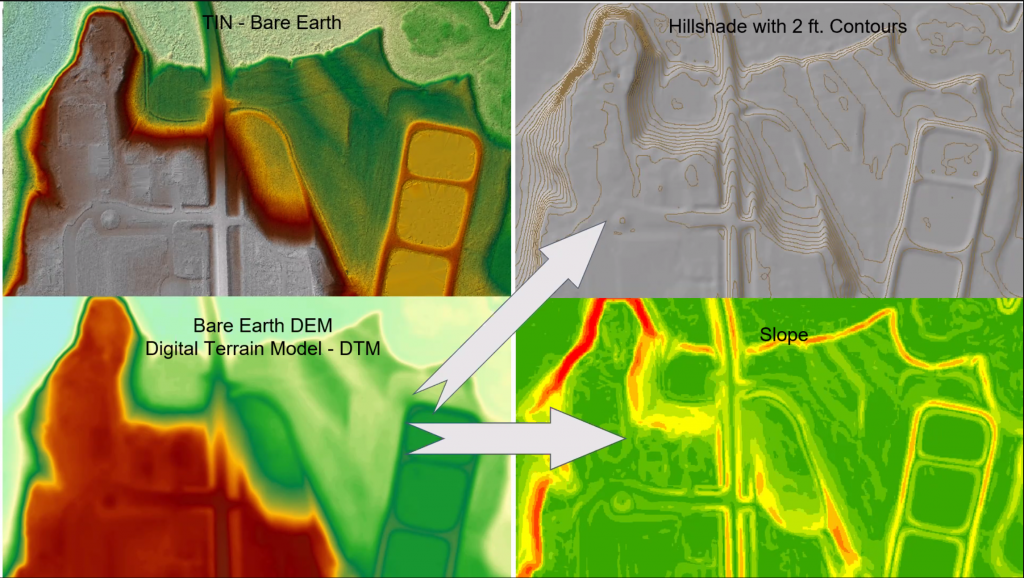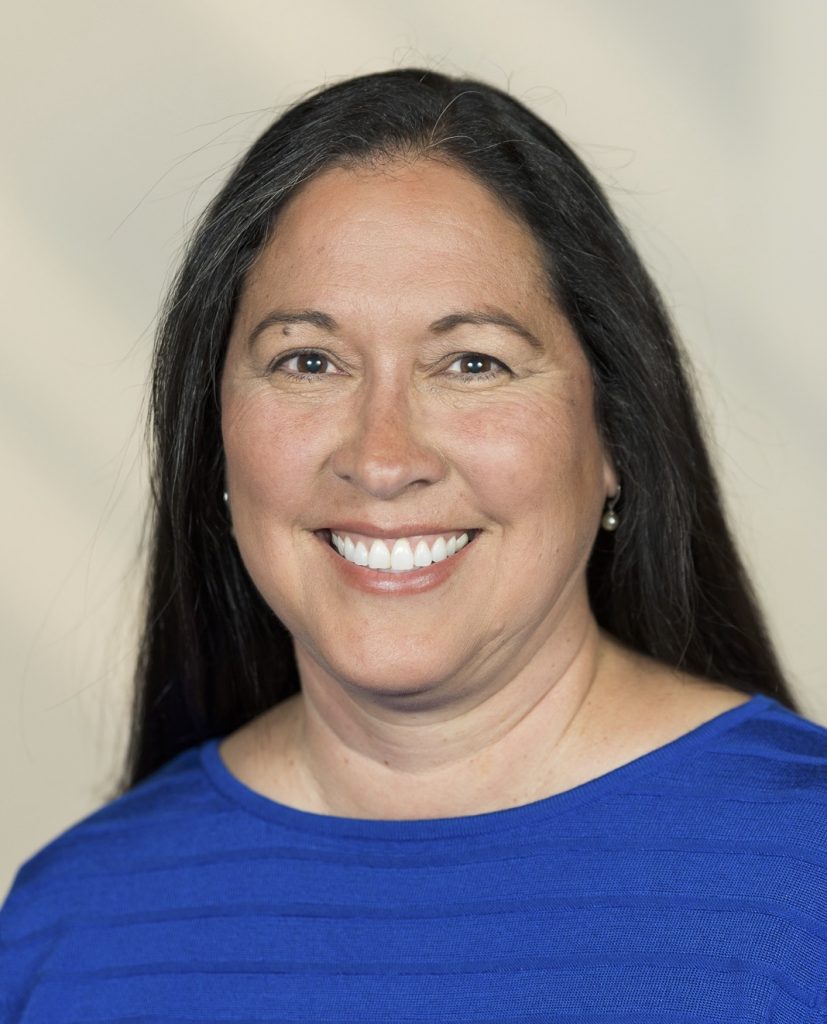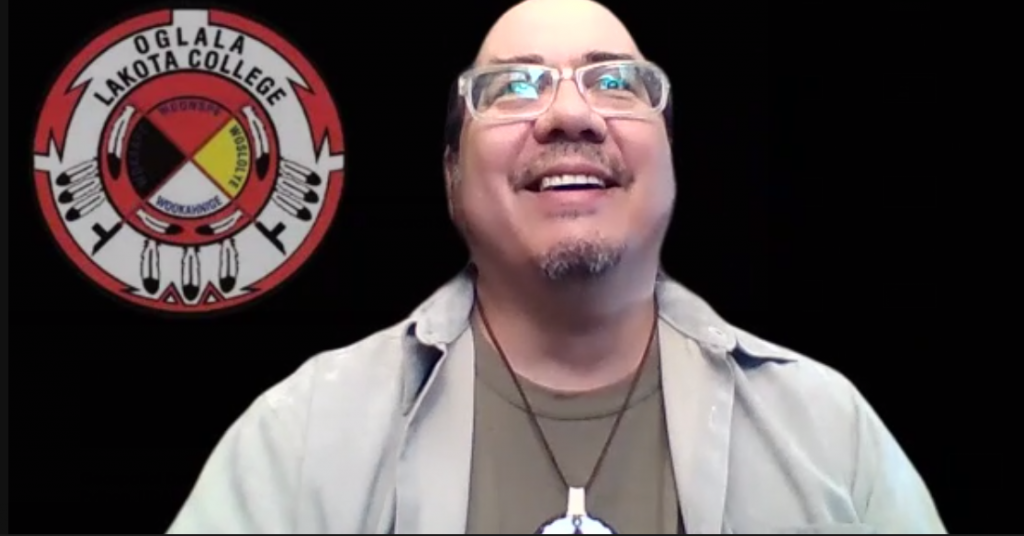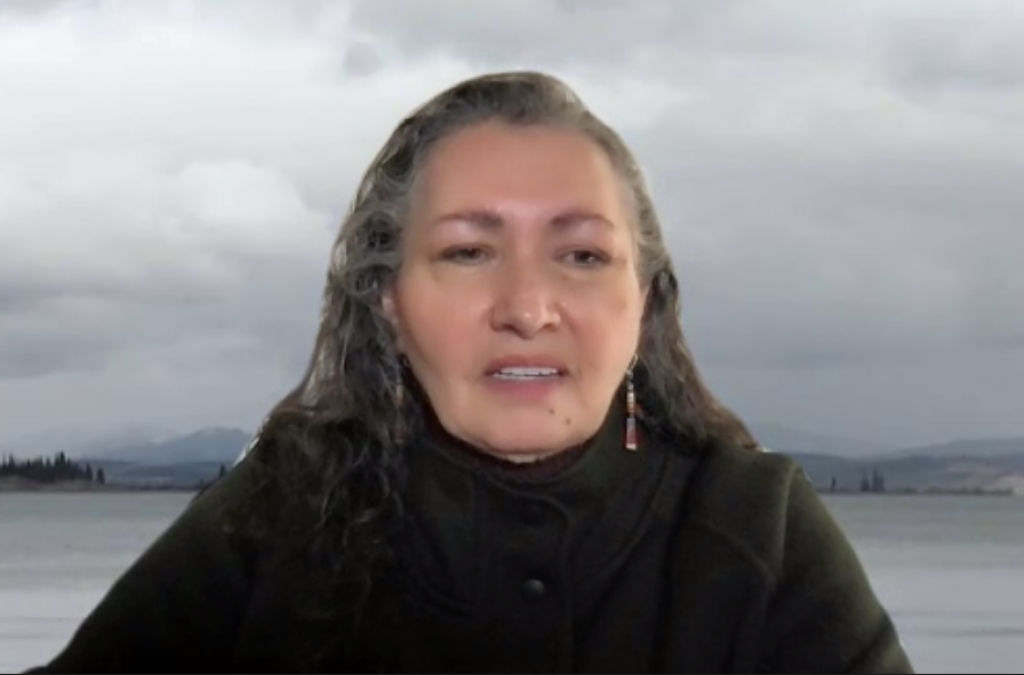The 2022 Tribal College Research Symposium spotlights the diversity of research conducted by both students and faculty.
By Paul Boyer

Over twenty tribal college students and faculty, representing seven different institutions, shared findings from recent and ongoing research projects as part of the 2022 Tribal Colleges and Universities Program Research Symposium.
The February 23 event, held virtually, highlighted the growing sophistication of the research taking place within tribally controlled colleges, featuring work in fields ranging from data and environmental science to chemistry and geology.
Supported by the National Science Foundation, the research symposium has been held nearly every year since 2014 at NSF headquarters in Virginia. This year’s event, the first since the pandemic, was organized and hosted by the Tribal Nations Research Group, located in Belcourt, North Dakota, and moderated by Stephanie DeCoteau, the symposium director.
According to Carty Monette, past president of Turtle Mountain Community College in North Dakota, who introduced this year’s gathering, the expansion of research reflects the longstanding commitment of the NSF to the work of tribal colleges. STEM programs, he noted, “lead to good jobs,” and are also vital to the growth of tribal nations.

In a keynote address, Diana Elder, director of the NSF’s Division of Human Resource Development, said that the agency’s commitment to tribal colleges began in the 1970s, soon after the first tribal colleges were founded. Establishment of the Tribal Colleges and Universities Program (TCUP) in 2001 led to a significant increase in NSF support, which is reflected in the growing number of STEM programs and degrees.
When the first TCUP awards were made, few tribal colleges offered any upper division STEM courses, Elder said. Now, almost one third of the nation’s tribal colleges offer baccalaureate degrees in STEM fields, and three support master’s degrees.
Additionally, Elder said, “At many colleges, 25 percent of students are STEM majors.”
The rise of Big Data
This year’s symposium revealed the growing role of data science. Oglala Lakota College student Justina White Eyes’ presentation, “Applications of Data Science, Python, and Geospatial Modeling of LiDAR Data on Tribal Lands,” discussed the process of generating digital 3-D representations of the Oglala Lakota College campus.
In a separate presentation, Oglala Lakota College faculty James Sanovia described how the college is now using CAD tools and geospatial data to design and locate new campus buildings, including greenhouses used to raise plants and grow food.
Both White Eyes and Sanovia stressed the importance of strengthening data sovereignty—the ability of tribes to gather and analyze information from large datasets for their own purposes.
“We talk about it a lot,” Sanovia said. “Right now, we’re doing it. We’re managing our own data.”

Studying, and supporting, communities
Much of the research taking place at tribal colleges focuses on issues related to climate change, water resources, and the impact of mining, agriculture, and land management practices.
- Leech Lake Tribal College faculty members Melinda Neville and Joey Riley presented findings from a multiyear study utilizing remote sensor systems and data modeling to investigate the effects of prescribed fire, drought, and climate change on species transition and soil dynamics within the Leech Lake Band of Ojibwe Reservation.
- Sitting Bull College faculty member Frances Onduso discussed the role of trees as an agricultural resource—capable to promoting food sovereignty and supporting conservation efforts—in his presentation, “Agroforestry Practices in the Northern Great Plains.”
- Oglala Lakota College faculty member Jason Tinant presented on “Watershed Storage Characterization of the Pine Ridge Reservation, South Dakota Water Resources Engineering.”
- Oglala Lakota College faculty member Foster Sawyer discussed “Source Water Protection for the Pine Ridge Reservation, South Dakota and Nebraska.”
According to Renelda Freeman, director of Salish Kootenai College’s Indigenous Research Center, this concern for the relationship between people and the land is one component of indigenous research methodologies.
At a midday “lunch and learn” discussion, Freeman argued that Indigenous research is not limited to certain disciplines or methodologies; it can make use of technology, she said, and employ both qualitative and quantitative methods. Rather, it is marked by a concern for the needs of the community and a respect for information acquired by the community, among other indicators.

These values were evident in many of the presentations, which continued in the afternoon in eleven breakout sessions (although a couple of the scheduled presentations did not take place):
- “Heavy Metal Soil Intake in Cattle Grazing in the Badlands, Pine Ridge, and Eagle Butte Locations.” Erica Lafferty, Student, Oglala Lakota College
- “Effect of Additives on Structural and Thermal Properties of Soy-Based Polyurethane Foams.” Marshall Smith, Student, United Tribes Technical College
- “Great Horned Owl (Bubo Virginianus) Diets in Central North Dakota.” Abby DeCoteau, Student, United Tribes Technical College
- “Recent Progress on Design Optimization of Concentric Ring Electrodes.” Dr. Oleksandr Makeyev, PhD., Faculty, Dine College
- “Methane Flux Dynamics in the Prairie Pothole Wetlands.” Jennifer Lemming, Student, United Tribes Technical College
- “Campus View: Envisioning Resilient Campuses in a Changing Climate.” Trey Phelps, Student, Oglala Lakota College
- “Carbon Sequestration Potential of Various Soil Sites on the Fort Berthold Reservation.”
Michelle Baker, Student, Nueta Hidatsa Sahnish College - “Tracking of Pollutants (Deposition in Soil) Released in Close Proximity to a Flare Site.”
Tannah Houle, Student, Nueta Hidatsa Sahnish College - “Air and Ground Monitoring of Oil Industry Pollutants on the Fort Berthold Reservation.” Michael Madeiros, Student, Nueta Hidatsa Sahnish College
- “Comparison of Aqueous and Soil Contaminants in New Town, ND, Selected Locations.” Frances Short Bull, Student, Nueta Hidatsa Sahnish College
- “Big Horn Sheep Transplantation on Fort Berthold Reservation: Summation and Interpretation of Herd Data Concerning Demographics, Adaptation to Habitat, Migration and Survival Rates.” Shaundeen Smith, Student, Nueta Hidatsa Sahnish College
- “The Learning Curves of Bacteriophage Hunting.”Lexie Gauthier, Student, Salish Kootenai College
Paul Boyer is editor of Native Science Report
Story published February 28, 2022
• • •
Enjoyed this story? Enter your email to receive notifications.

What excellent coverage of the event! My colleagues and I heard many compliments on the faculty and student presentations.